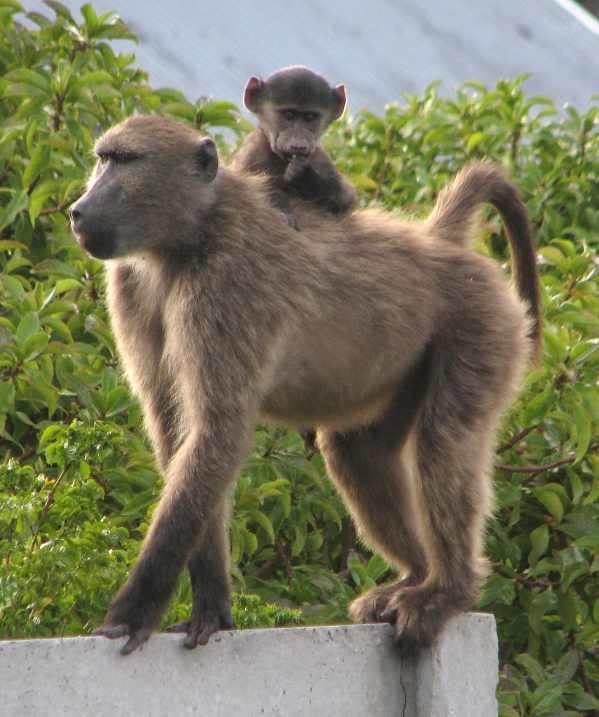
Following changes in baboon management in
July 2009, controversial culling protocols based on input from a research unit, were introduced in August
2009 and June 2010 targeting baboons coming into the urban area and
raiding.
Raids are easily prevented by locking garbage bins
and tying to an upright post and using a security gate over open doors
or burglar bars over open windows.
Tourists
can prevent negative interactions with baboons by locking cars and
closing car windows, not carrying food or eating in front of baboons or
feeding them.
Already healthy male baboons have been eartagged
and killed including Sol, the first "dispersing male" baboon to make his
way onto Table Mountain since a troop was shot out in the early 1980's
by Nature Conservation Corporation (now CapeNature).
The first baboon killed in terms of the individual raiding baboon protocol of June 2010 William, alpha male of the Scarborough troop.
This elicited strong reactions from the public who were both unaware of the contents of the protocol and the fact that he was about to be culled, told that collar batteries were to be changed.
Since 2009 around 40 baboons have been killed in terms of raiding protocols, a number of them alpha males or young healthy males.
Some have attempted to represent baboons as either a threat to human safety or health in order to support their removal in order to put pressure on authorities for baboons' total removal from urban areas. Given the layout of the Peninsula removal would seem impossible, unless they are culled or herded into a reserve or sanctuary as some want.
In addition to other criteria, the protocols are heavily biased against baboons entering urban areas and eating unsecured human food. They attempt to over-ride their legally protected status.
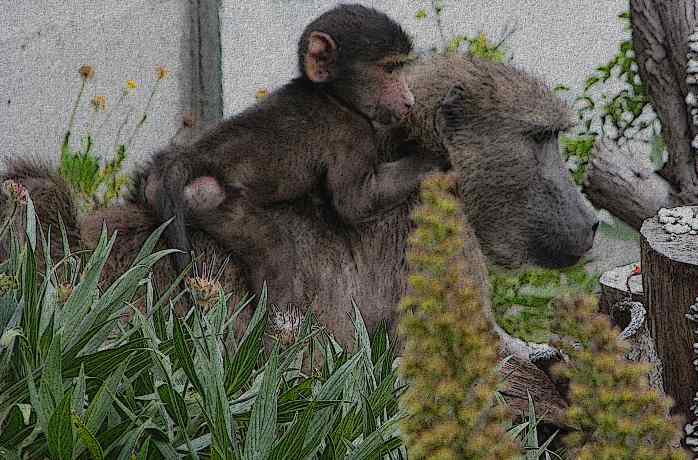
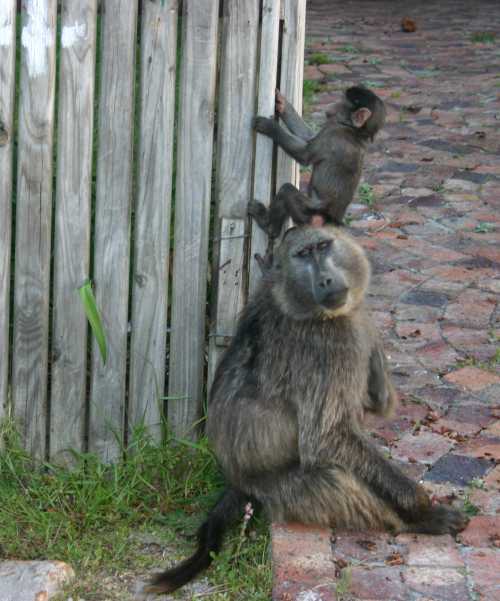
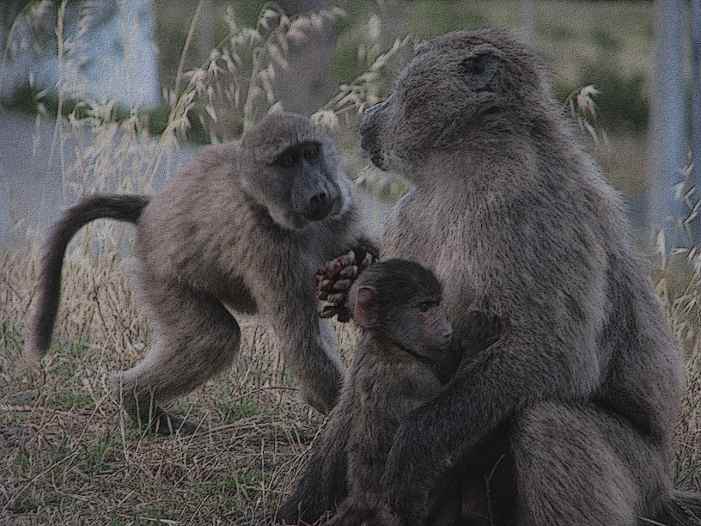
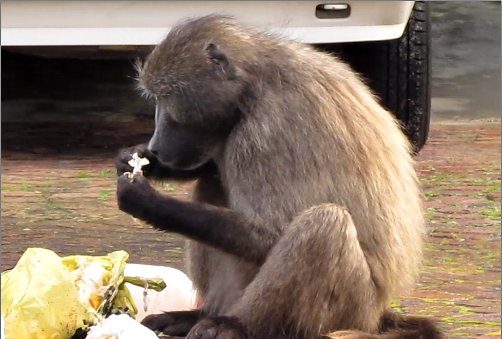
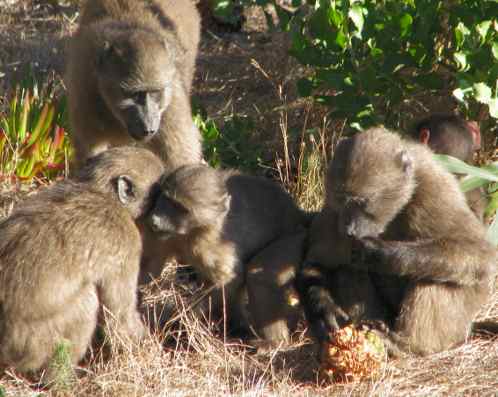
L.Thomas
No portion may be reproduced without permission of site author.